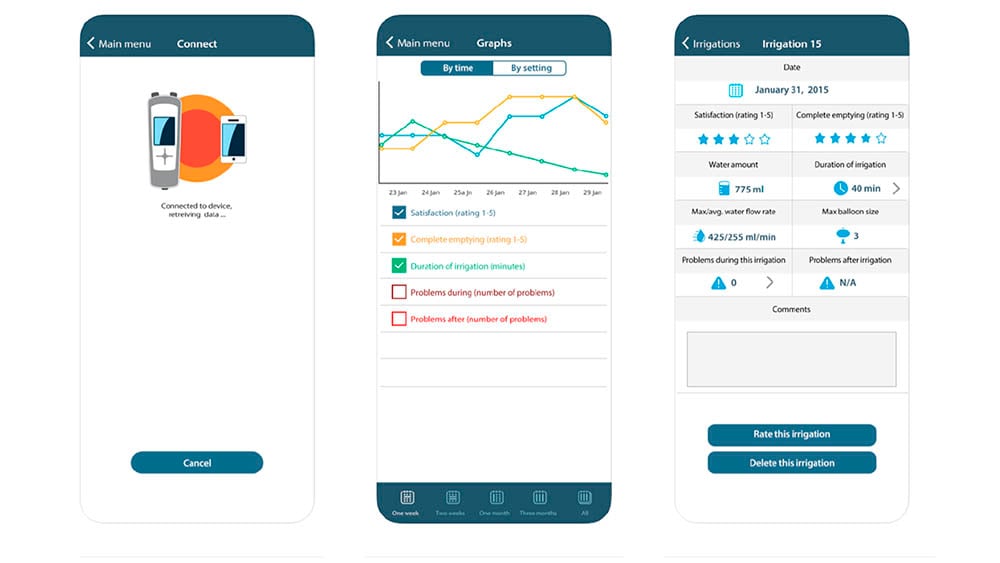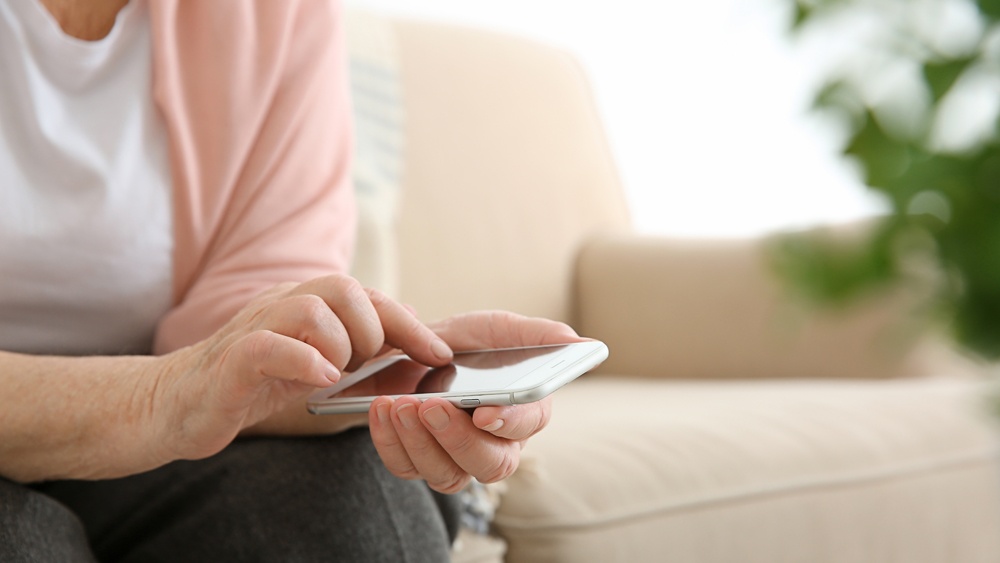TAI is a proven therapy for irrigating the bowel – thousands of users have found effective relief from their bowel issues, and it even promotes better bladder health. But adherence in the initial training stage of adoption can often see users back out and return to less effective, but familiar strategies for managing the bowel. How to address these obstacles? In this case study, we look at how one user returned to TAI with consistent adherence.

-
The patient started with transanal irrigation (TAI) in 2013
-
She experienced discomfort and balloon expulsion
-
On occasion, she would need to repeat the irrigation procedure between three to six times on the same visit to the toilet.
. . . the urological nurse, banged her head against a brick wall trying to help me. Transanal irrigation still seemed to be the best solution but the manually operated equipment made it difficult.
Paulene, Navina Smart user
TAI can take anywhere between 15 minutes to an hour to complete once the user has completed a training period (typically within a 12 week period as the body adjusts to the new routine). Balloon expulsion and multiple irrigations leading to ineffective evacuation do not support adherence. While these are far from frequent occurrences, the experience can be enough to dissuade a user to persevere, when they will have already struggled with finding an effective, bowel management therapy.
So what leads to balloon expulsion and ineffective irrigations? A little knowledge about the types of TAI devices available will help us understand more.
Manual and electronically operated TAI systems
A TAI system will either be a manually operated pump system, or an electronically operated pump system – controlling the pressure of the balloon, as well as the speed and amount of water for irrigating the bowel. Many users have tried the manual pump, and it is here that they can often run into issues – gauging the optimal amount of pressure for the balloon often involves a few missteps – and a user's diagnosis; for example, a neurological condition may make it difficult or impossible to detect the sensation of pressure, leading to balloon expulsion.
An electronic TAI system can detect the pressure and have a safe-guard cut-off measure that prevents pressure reaching a certain amount within the internal environment of the rectum.
Technology uptake within the Over 60s
Paulene is 66 and by her own admission, not particularly able or interested in technology. She also has Multiple Sclerosis, causing limited hand function. How would an electronic solution fare with these intersecting factors?
She had never used an app before, but with a little help from her nurse and her family, she downloaded her first ever app and embarked upon a second attempt at TAI.
What is a Smart Unit and a Smart App – are they the same thing?
- An electronic system will comprise a "smart unit" that controls the balloon pressure and speed of water for irrigation.
- A "smart app" allows for logging and tracking the change in these variables, allowing for an easily understood visual representation over time, enabling the user to quickly check progress, essentially a tracker – not unlike a fit-bit. Crucially, a Smart App can send data directly to the user's health care team.
 A screenshot of "Smart App" logs and displays recorded data values over time
A screenshot of "Smart App" logs and displays recorded data values over time
It’s good that I need to send reports, because it keeps me aware of how the different irrigations work out. I don’t report every time, but when it's something out the ordinary, I do. Another good thing is that I can stay in contact with the clinic, secure in the knowledge that my information has been logged – no need to call, or chase staff to ensure they have received my information. I just send a note on the app, and my nurse will get back to me when it suits her. And I get it off my mind.
- Paulene
Did the Smart App promote adherence?
Since I started using TAI I feel much more confident. I'm able to go out without that constant anxiety about having an accident. I used to have an upset stomach and irrigation relieves the pain. This digital solution is the first treatment that works, and I’m happy to stick with it.
Why did Navina Smart work better for Paulene?
• The controls were much easier to use as only a light touch was required.
• A constant water flow was achieved as it was not dependent on hand pressure.
• The water flow could be easily adjusted.
•The balloon provided a tight seal which meant that no water leaked during the procedure

Paulene has been using using a Smart system and app since 2016.




